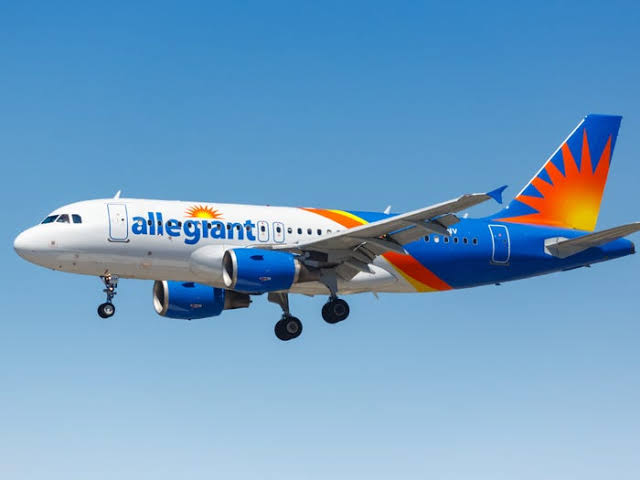
Passengers and crew on board an Allegiant Airlines flight from North Carolina to Florida were left with broken bones following a “petrifying” case of wild turbulence that was likened to something out of “The Matrix”.
According to people on board the Allegiant Air Flight 227, from Asheville Regional Airport to St. Petersburg-Clearwater, one flight attendant was thrown into the air and slammed back onto the floor of the plane during the incident.
Meanwhile, a passenger who had got up to use the restroom before the turbulence began emerged from the bathroom with blood “gushing” from her head.
In total, four people – two flight attendants and two passengers – were in need of medical treatment as a result of the incident.
They were met by medical personnel when the flight landed and were taken to hospital to be treated for their injuries.
Passenger Lisa Spriggs recounted the terrifying ordeal once back on solid ground, likening the bodies being flung around to the flying scene in the sci-fi movie.
“More than halfway through descending, and all of a sudden, we hit a small turbulence, and the stewardess beside us fell to the ground,” she told CBS affiliate WTSP-TV.
“Literally, she flew up in the air, like ‘Matrix’ is the only way that I can think to describe it, was there for half-a-second, and then landed straight down, broke her ankle.”
According to the airline, it is discussing the incident with the National Transportation Safety Board and the FAA – although no investigation is currently under way into what happened.
The incident comes amid a rise in turbulence on some flights in recent years.
A recent study by scientists in the UK found that turbulence had increased by 55 percent on a busy North Atlantic flight route between 1979 and 2020 and suggested that the climate crisis could be to blame.
Following a decade of research showing that climate change will increase clear-air turbulence in the future, we now have evidence suggesting that the increase has already begun,” the study’s co-author Prof Paul Williams, an atmospheric scientist at the University of Reading, told the BBC.
“We should be investing in improved turbulence forecasting and detection systems, to prevent the rougher air from translating into bumpier flights in the coming decades.”